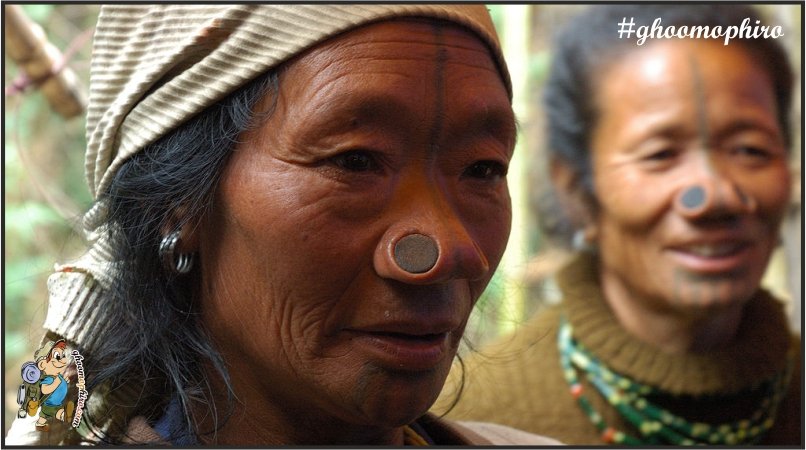The diversity of India gives it a unique identity. It is so well absorbed in every aspect that we can feel it developing on the surface of our souls. One such exotic aspect of Indian diversity is the Galo Tribe from Arunachal Pradesh that exudes a variety of colors in different shades and textures.
A large chunk of tribes in the majestic Arunachal Pradesh is occupied by Galo Tribe. In some areas of the state, they are also known as Duba, Doba, Dobah Abors, Galloing Abors, and Galong. Galo tribe has been listed in the Indian constitution as a separate tribe or scheduled tribe by the name of Galong. The efforts are being made to change the name to Galo by the community.
Demographics
According to the census of 2001, the total population of Galo community is 80,597. They are found in West Siang, southwestern side of East Siang, southwestern side of upper Subansiri, lower Dibang Valley, and Changiang Districts of Arunachal Pradesh. Shifting cultivation was primarily practiced by the tribe before 1960. However, the government introduced Wet Rice cultivation and terrace cultivation soon as a part of a development program in hilly areas of the state. Wet Rice cultivation is the main cultivation style in the state besides Jhumming Cultivation, which is still practiced by the tribe.
Galo is the first language of more than 95% of the population of the Galo community. Most people from the community are bilingual with proficiency in languages such as English and Hindi.
Christianity has seen a major rise in the past few years. However, Donyi-Polo religion is mostly practiced by people here.
Language
Galo is the first language of the community, which is often referred to as Tibeto-Burman language derived from Western Tani-Branch. Genetically, the language is closest to Nyishi, Tagin, and Bokar language of Tibet China. Galo and Minyong languages have converged structurally so much so that people have started believing that Galo is a dialect of Adi language.
Festival
Galo tribe has a distinct culture. It celebrates a number of festivals throughout a year with joy. One such religiously important festival for the tribe is Mopin that is celebrated by the community only. The festival is celebrated every year to ward off evil spirits that bring bad luck to the community. People of the Galo community pray during this festival so that natural calamity of any type does not hit them. They believe that doing this allows them to live their lives peacefully.
Rituals
Mopin festival is celebrated in the month of April (Lumi, in Galo language) every year. The main objective of celebrating this festival is to attain prosperity, gaiety, wealth, and universal happiness. People smear rice power at each other’s faces during the festival. Animal sacrifices are considered sacred and are important rituals of the festival. Mithun is an auspicious animal in the community. Hence, they are preferred for sacrifices.
One of the most iconic rituals of the festival is its folk dance. All the dancers wear their traditional costumes with multicolored beaded ornaments. People celebrate the festival with good food and rice wine.
